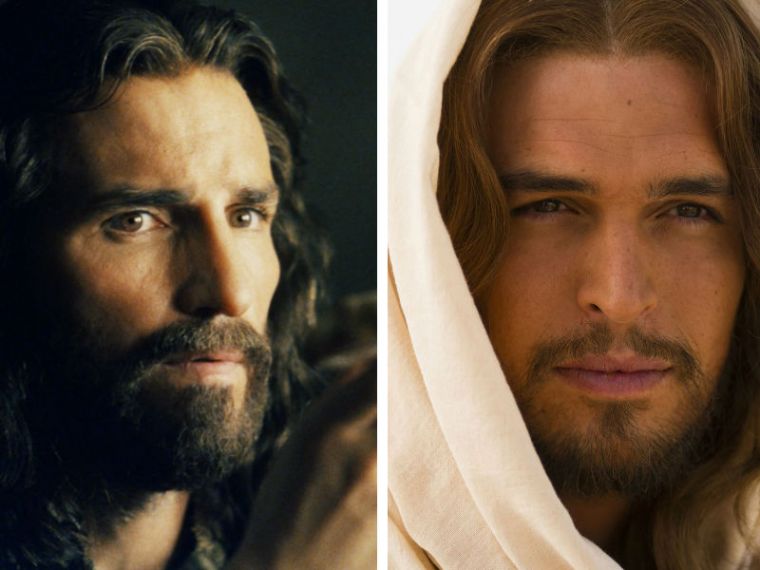School children should learn about Jesus from Muslim and feminist perspectives, say academics

School children should not only learn about the Christian Jesus, say the authors of a new classroom textbook.
The free 'Who is Jesus?' textbook has been created by academics at the University of Exeter who say that children should also explore the Muslim and Jewish Jesus, as well as feminist, cultural and historical perspectives.
They argue that teaching children different perspectives of Jesus would make Religious Education lessons more rigorous.
'Through asking the question 'Who is Jesus?', this textbook encourages students to approach religion(s) and worldview(s) as inherently 'unstable', and as worth examining from a variety of perspectives,' they write in the introduction.
Co-author of the textbook, Professor Rob Freathy said: 'There is no single, neutral and objective answer to the question, 'Who is Jesus?'
'Answers differ depending on who is being asked. RE teaching and assessment that recognises that, by asking pupils to think about subject matter from different perspectives, is intellectually more rigorous and can promote the educational benefits of open-ended inquiry.
'It also best prepares pupils to enter a world characterised by a radical diversity of beliefs, religions and worldviews.'
The textbook also incorporates controversial artwork that the authors said was intended to encourage discussion on the marginalised groups Jesus might associate with today.
Images in the textbook include a painting called 'Jesus and the Crossdressers' by artist Brian J Turner and the 'Christa' sculpture of a female Jesus hanging on the cross by Edwina Sandys.
The 'Christa' sculpture triggered a huge backlash from critics who called it 'blasphemous' when it first went on public display in New York in 1984.
'We know these images are potentially controversial,' said Professor Freathy.
'They are designed to be provocative. But what we want to provoke is thought not outrage. According to the gospels, Jesus caused controversy by associating with people who were marginalised at the time, such as tax collectors and prostitutes.
'The "Jesus and the Cross Dressers" painting is used to stimulate discussion about which groups are rejected and excluded today, and perhaps with which groups a modern day Jesus would mix.'











